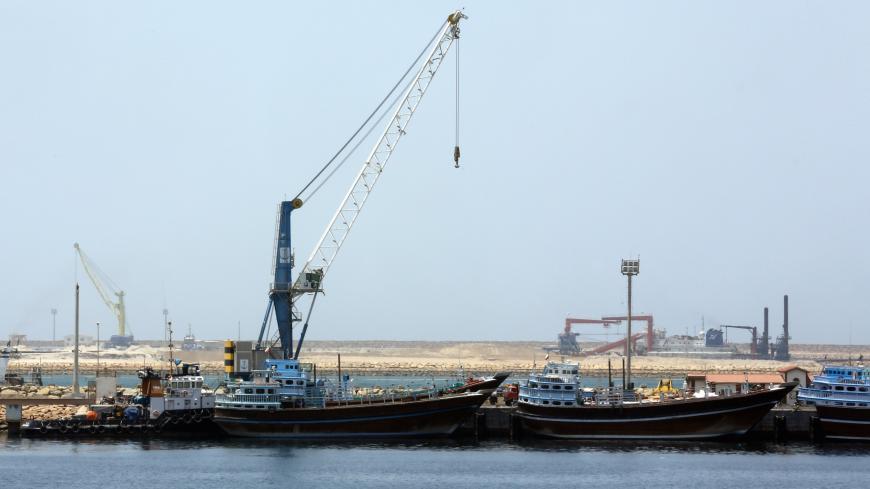The Middle East is a place of zero-sum games in which Iran is a player. Beyond the region, however, in Eurasia, Tehran is attempting to take part in a win-win game.
By increasingly operationalizing its section of the International North-South Transport Corridor (INSTC), Iran is trying to step up its presence in the geo-economy of Eurasia with the strategic goal of reviving its historic role as the link connecting north and south Eurasia. Indeed, during the past few years, participation in the corridor — p.p1 {margin: 0.0px 0.0px 0.0px 0.0px; font: 15.0px Calibri; color: #ff2500; -webkit-text-stroke: #ff2500} span.s1 {font-kerning: none} which connects the Indian Ocean and the Persian Gulf to the Caspian Sea via Iran and then Northern Europe via the Caucasus and Russia — has become the focal point of Tehran’s economic diplomacy.



